Community is one of the pillars of FACETS.
The journal proudly maintains partnerships with several organizations that share its vision of working together to disseminate and support research. If your organization shares this vision and you are interested in partnering with FACETS, contact us.
Community Partners
 |
Royal Society of Canada: Founded in 1882, the Royal Society of Canada (RSC) comprises the Academy of Arts and Humanities, the Academy of Social Sciences, and the Academy of Science; in addition to Canada’s first national system of multidisciplinary recognition for the emerging generation of Canadian intellectual leadership, The College of New Scholars, Artists and Scientists. Its mission is to recognize scholarly, research and artistic excellence, to advise governments and organizations, and to promote a culture of knowledge and innovation in Canada and with other national academies around the world. FACETS is the official journal of the RSC’s Academy of Science and publisher of policy briefings from the RSC's Task Force on COVID-19. |
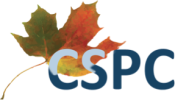 |
Canadian Science Policy Centre (CSPC): The CSPC was founded in 2008 by a diverse group of young and passionate professionals from industry, academia, and science-based governmental departments. CSPC serves as an inclusive, non-partisan and national forum uniting stakeholders, strengthening dialogue, and enabling action with respect to current and emerging issues in national science, technology, and innovation policy. |
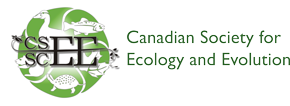 |
Canadian Society of Ecology and Evolution (CSEE): The CSEE is a non-partisan group of practicing ecologists and evolutionary biologists promoting the study of ecology and evolution in Canada. The CSEE acts as a liaison with Federal and Provincial funding agencies to support and promote ecological and evolutionary research in Canada, raise public awareness, and facilitate communication with decision-makers in the public, private and non-governmental sectors. |
 |
Society of Canadian Aquatic Sciences (SCAS): The mission of the SCAS is to offer an impartial, diverse, |
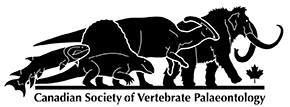 |
Canadian Society of Vertebrate Palaeontology (CSVP): CSVP is an organization of professional and student researchers and technicians advancing the study of vertebrate palaeontology in Canada. Founded in 2013, CSVP provides a hub for Canadian palaeontology, facilitating cooperation among collectors, curators, and researchers around the country. CSVP supports the discovery, conservation, protection, and scientific study of fossils through student grants, diversity initiatives, and an annual general meeting where scientists and students can share their research. |
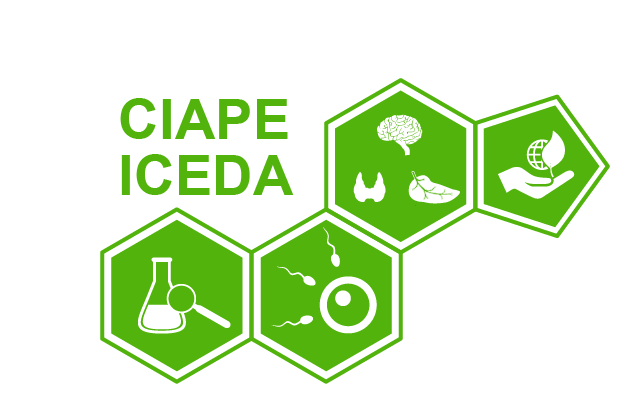 |
The Intersectoral Centre for Endocrine Disruptor Analysis (ICEDA) is a multidisciplinary research network of the Institut national de la recherche scientifique (INRS) in Quebec, Canada. The mission of ICEDA is to inform, assist and serve as a resource for academia, government authorities (federal, provincial, and municipal), non-profit organizations, industry as well as the Canadian population, to identify, recognize, quantify, and manage endocrine disruptors. ICEDA brings together renowned scientists from academic and government institutions with research interests in environmental health, human health, water treatment, analytical chemistry, epidemiology, environmental policies, or any other field relevant to the study of endocrine disruptors. |
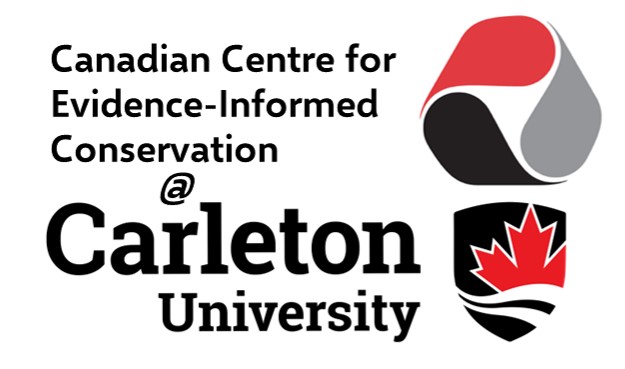 |
Canadian Centre for Evidence-Informed Conservation (CCEIC): The CCEIC is one of six official Collaboration for Environmental Evidence (CEE) centres globally, and the only one of its kind in North America. The Centre conducts evidence syntheses to support evidence-based decision making and policy development across environmental science disciplines. By following CEE guidelines, the Centre produces evidence syntheses that offer a traceable source of evidence and repeatable methodology to inform conservation actions that are defensible and rational. The Centre strives to build capacity through training and awareness with the hope that evidence-based management is the future of environmental conservation in Canada. |
 |
Women & Inclusivity in Sustainable Energy Research (WISER): WISER is a global network of women and non-binary academics in the field of clean, low-carbon, or sustainable energy research. WISER believes that to foster innovation in energy research and training, the individuals working in these areas must be more diverse. WISER seeks to increase the strength, visibility, and impact of gender-diverse energy scholars from a wide range of backgrounds across intersecting axes of geography, class, race, ability, age, faith, and more. |
Corporate Partners
 |
ScholarOne: ScholarOne provides comprehensive workflow management systems for scholarly journals, books, and conferences. Its web-based applications enable publishers and societies to manage the submission, peer review, production, and publication process more efficiently and provide them with information to help make strategic decisions. |
| Atypon is the leading provider of software as a service content delivery for publishers. Atypon's products provide all of the functionality that publishers need to compete in the digital world, including advanced search and information discovery, access control, e-commerce, marketing, business intelligence, and more. | |
 |
Crossref's general purpose is to promote the development and cooperative use of new and innovative technologies to speed and facilitate scholarly research. Crossref's specific mandate is to be the citation linking backbone for all scholarly information in electronic form. Crossref is a collaborative reference linking service that functions as a sort of digital switchboard. It holds no full-text content, but rather effects linkages through Crossref Digital Object Identifiers (Crossref DOI), which are tagged to article metadata supplied by the participating publishers. |
 |
COUNTER (Counting Online Usage of Networked Electronic Resources) is an international initiative serving librarians, publishers, and intermediaries by setting standards that facilitate the recording and reporting of online usage statistics in a consistent, credible, and compatible way. |
 |
Altmetric was established in 2011 and is focused on making article level metrics easy. Altmetric’s mission is to track and analyse the online activity around scholarly literature. |
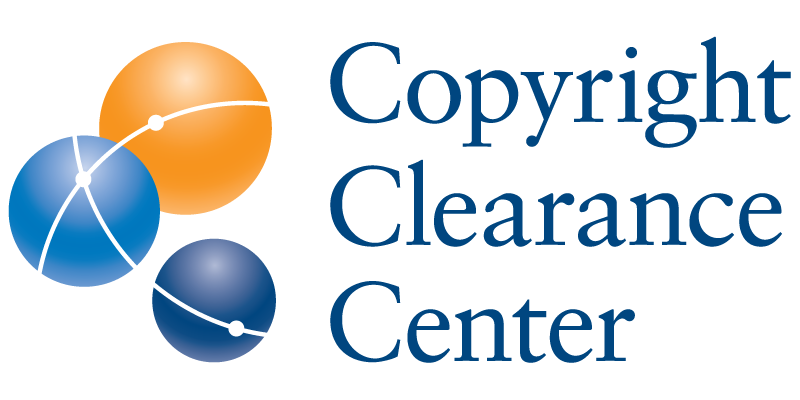 |
Copyright Clearance Center (CCC), the rights licensing expert, is a global rights broker for the world’s most sought-after books, journals, blogs, movies, and more. |
 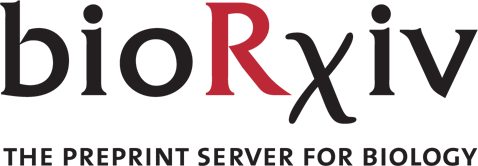 |
bioRxiv is a free online archive and distribution service for unpublished preprints in the life sciences. It is operated by Cold Spring Harbor Laboratory, a not-for-profit research and educational institution. By posting preprints on bioRxiv, authors are able to make their findings immediately available to the scientific community and receive feedback on draft manuscripts before they are submitted to journals. |
 |
The Open Access Scholarly Publishing Association (OASPA) is a non-profit membership organization representing a diverse community of organizations engaged in open scholarship. The OASPA works to encourage and enable open access as the predominant model of communication for scholarly outputs. This mission is achieved through exchanging information, setting standards, advancing models, advocacy, education, and the promotion of innovation. |
